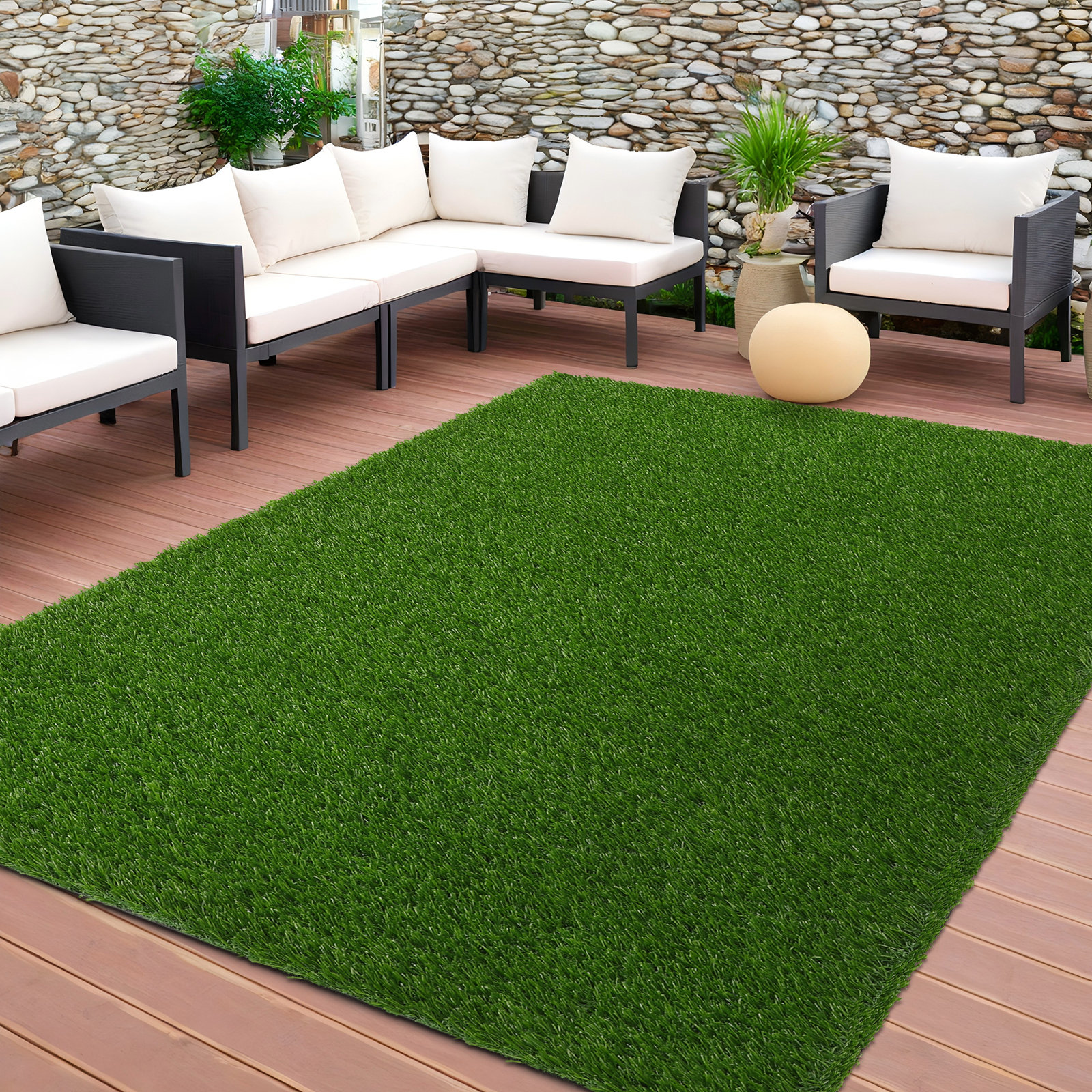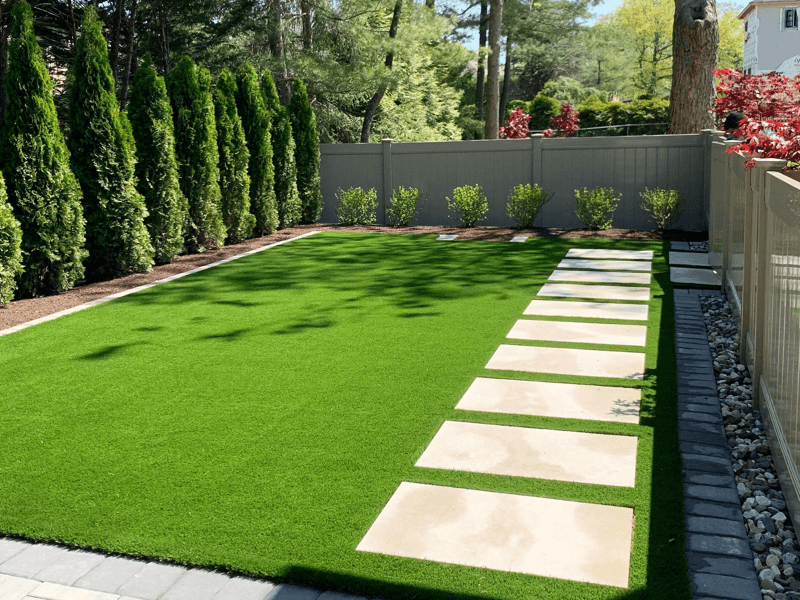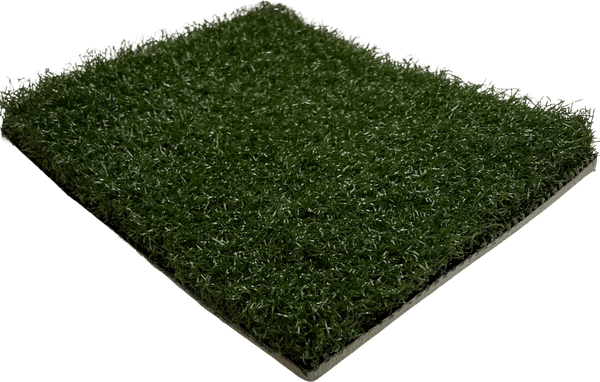Look Into the Environmental Benefits of Opting for Artificial Turf Solutions
The adoption of artificial grass remedies offers an engaging chance to resolve pressing ecological challenges. By substantially reducing water usage and minimizing the application of unsafe chemicals, these alternatives not only promote sustainable landscaping yet additionally secure regional communities.
Water Preservation Perks
One of the most substantial advantages of fabricated lawn is its capacity to conserve water. Conventional turf lawns need considerable watering, especially in locations vulnerable to dry spell or water restrictions. On the other hand, synthetic grass does not need watering, substantially decreasing the overall demand for water resources. This feature is specifically valuable in arid regions where water shortage is a pressing issue.
By eliminating the requirement for routine watering, man-made lawn adds to lasting landscape methods and helps alleviate the ecological impact of excessive water intake. Additionally, the conservation of water includes the decrease of runoff, which can cause dirt disintegration and waterway contamination.
Additionally, the installment of synthetic grass enables homeowners and towns to designate water resources much more effectively, concentrating on necessary usages such as alcohol consumption water and agriculture. The shift towards synthetic turf not just advertises liable water use yet also aligns with broader environmental goals targeted at protecting natural resources.
As neighborhoods significantly focus on sustainability, the water preservation advantages of artificial lawn offer an engaging situation for its adoption in household and business landscaping tasks.
Lowered Chemical Use
The shift to man-made turf considerably lowers the dependence on chemical therapies frequently made use of in all-natural turf upkeep. Traditional turf monitoring typically entails the application of pesticides, plant foods, and herbicides to promote growth and control insects. These chemicals can present threats to human health and wellness, neighborhood wild animals, and the atmosphere, adding to dirt and water contamination.
In contrast, synthetic lawn removes the need for these harmful substances. By reducing the release of artificial substances right into the ecological community, synthetic grass advertises much healthier soil and water systems.
In addition, the lack of chemical runoff connected with synthetic grass setups assists shield neighborhood rivers from pollution, supporting water life and keeping biodiversity. Artificial turf companies phoenix. As neighborhoods increasingly focus on sustainable practices, going with synthetic grass provides a practical service that straightens with environmental preservation objectives. Through this change, building proprietors can take pleasure in rich green spaces without compromising eco-friendly wellness, paving the way for a more lasting future
Lower Carbon Impact

Additionally, the installment of fabricated lawn can lead to substantial water click site preservation. All-natural yards call for substantial amounts of water for irrigation, which not just includes to the carbon footprint connected with water extraction and treatment however also stress neighborhood water resources. In contrast, synthetic grass requires marginal maintenance, needing no watering, thereby substantially lowering water use and its associated energy expenses.
Furthermore, the long life of synthetic grass adds to its lower carbon impact. With a life-span of approximately 15 years or even more, the demand for constant replacements is decreased, leading to much less waste and reduced power intake in production and dealing with standard turf options. In general, synthetic grass provides a lasting option for eco aware landscaping.
Environment Preservation
Habitat preservation is an important factor to consider in the argument over landscape design choices, especially when comparing synthetic grass to all-natural turf. Natural yard yards frequently need comprehensive maintenance, consisting of the Read Full Report usage of pesticides, herbicides, and plant foods, which can detrimentally influence regional environments. These chemicals can seep right into the soil and rivers, harming indigenous vegetation and fauna and disrupting neighborhood habitats.
In contrast, artificial grass presents an opportunity to minimize the environmental footprint of landscape design. By choosing synthetic yard, home owners can reduce the disturbance of natural habitats related to standard grass treatment practices. Synthetic grass gets rid of the demand for hazardous chemicals, therefore safeguarding close-by wild animals and preserving the integrity of surrounding ecosystems. The installation of man-made turf can lead to the conversion of former yard locations into more biodiverse landscapes, such as pollinator yards or indigenous plant areas, which can support local wildlife.
Ultimately, the change to synthetic grass not just conserves water and reduces maintenance initiatives yet additionally cultivates an extra unified connection between human tasks and the native environment, advertising habitat conservation in the procedure.
Long-Term Sustainability
Long-lasting sustainability is an essential consider examining the benefits of synthetic turf over typical yard lawns. One of the most substantial benefits of man-made grass is its longevity; it can last up to 15-20 years with very little maintenance, whereas all-natural lawn calls for constant reseeding and replacement. This durability minimizes the demand for continuous sources, such as water, fertilizers, and chemicals, which are necessary for preserving a healthy and balanced turf lawn.
Additionally, synthetic grass adds to a reduction in carbon discharges connected with lawn treatment equipment. Typical lawns often need gas-powered lawn mowers, trimmers, and blowers, all of which add to air pollution. Turf installation phoenix az. On the other hand, artificial turf removes the need for such devices, advertising a cleaner atmosphere
Moreover, the production a fantastic read of synthetic grass significantly utilizes recycled products, boosting its sustainability account. As manufacturers adopt environment-friendly methods, the environmental footprint of synthetic grass remains to lessen.

Final Thought
The fostering of artificial turf services provides substantial environmental advantages, consisting of substantial water conservation, minimized dependence on hazardous chemicals, and a lower carbon footprint. Fabricated lawn help in preserving all-natural environments by lessening land disturbance and promoting long-term sustainability via the usage of long lasting materials. Collectively, these factors emphasize the capacity of synthetic turf to contribute favorably to ecological health and wellness and use a feasible option to conventional landscaping techniques in an increasingly resource-conscious world.
In comparison, man-made turf does not require watering, considerably minimizing the overall need for water sources. By minimizing the release of artificial compounds right into the community, artificial lawn promotes much healthier soil and water systems.
In addition, the setup of synthetic lawn can result in substantial water preservation. In contrast, man-made grass requires marginal maintenance, requiring no watering, consequently dramatically lowering water use and its linked power prices.
